ALD-52
$70.00 – $350.00
BUY ALD-52 IN LOS ANGELES
ALD-52, also known as 1-acetyl-LSD, is a chemical analogue of lysergic acid diethylamide (LSD).[2] It was originally discovered by Albert Hofmann in 1957[3][2] but was not widely studied until the rise in popularity of psychedelics in the 1960s.
Effects of ALD-52
In Entry 26 of his compendium TiHKAL, which discussed LSD, chemist Alexander Shulgin touched briefly on the subject of ALD-52. His comments there are vague, second-hand accounts saying doses in the 50–175 µg range have resulted in various conclusions. One account found that there was less visual distortion than with LSD and it seemed to produce less anxiety and tenseness and that it was somewhat less potent. Another informant claimed it was more effective in increasing blood pressure. Yet another informant could not tell them apart.[4]
Safety
In The Hallucinogens by Hoffer and Osmond (1967), ALD-52 is listed as having a lower (approximately 1/5) intravenous toxicity (in rabbits), a lower (approximately 1/8) pyretogenic effect, an equal psychological effect in humans, and double the “antiserotonin” effect as compared with LSD. Human experiments have not been well documented.[medical citation needed]
History
In a Reddit AMA with the director of the movie The Sunshine Makers, Tim Scully says:
“The Orange Sunshine we delivered was LSD 25. ALD 52 was an ill-advised desperate defense strategy that failed miserably… The story of Orange Sunshine is complicated by the fact that The Brotherhood distributed LSD from more than one manufacturer as Orange Sunshine. “Nick and I made the original Orange Sunshine in Windsor. That was the last lab I worked in making LSD. Ron Stark managed several LSD labs in Europe and most of his output was tableted and sold as Orange Sunshine. At least some of the LSD that his labs made was not pure.”[5]
Tim Scully has confirmed that the speculation below is incorrect.
The Orange Sunshine variety of LSD that was widely available in California through 1968 and 1969 was produced in the Sonoma County underground chemistry lab of Tim Scully and Nicholas Sand. It was shut down by the police, and Scully was arrested and prosecuted. This resulted in the first drug analogue trial, where Scully claimed that he and his partners did nothing illegal, because they were producing ALD-52, which was not an illicit drug. However, as the prosecution claimed, there were problems with such a rationale—ALD-52 was claimed to readily undergo hydrolysis to LSD, and secondly, the synthesis of ALD-52 required LSD. (The second point was based on the methods available in the scientific literature at the time). Scully was convicted and served time in prison
| Quantity | 10, 20, 50, 100 |
|---|
Be the first to review “ALD-52” Cancel reply
Related products
LSD Product
LSD Product
LSD Product
LSD Product
LSD Product

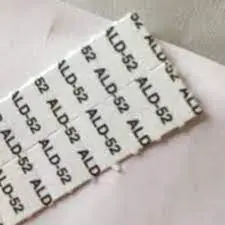
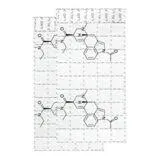

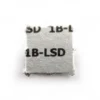
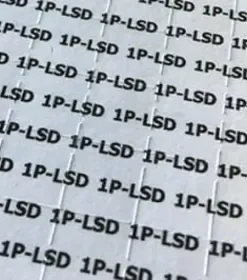
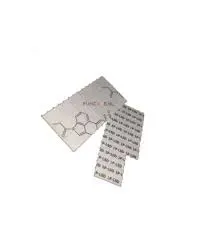
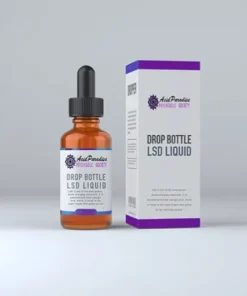
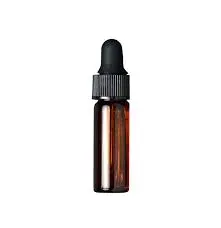
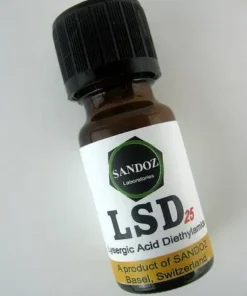
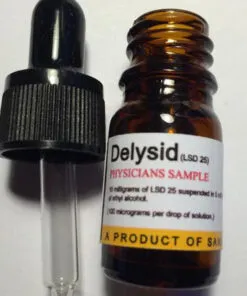
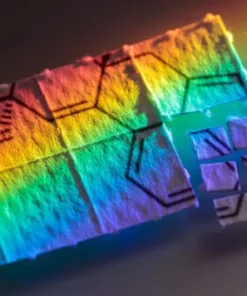

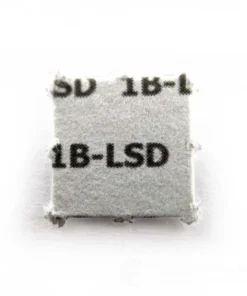
Reviews
There are no reviews yet.